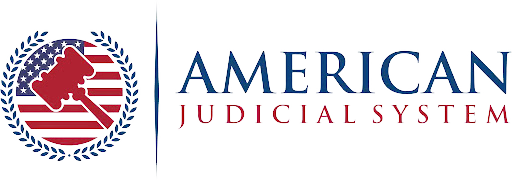When you’re working in a legal environment, there’s no room for error. Your clients expect confidentiality. Courts demand compliance. One breach, one misplaced document, or one unsecured connection could put it all at risk.
Legal operations rely on trust, and that trust starts with how you protect your digital systems.
You deal with sensitive case files, confidential communication, and time-sensitive data every day. Whether you’re a solo practitioner or managing an entire legal department, your network must be fast and trustworthy.
That’s where the idea of integrated network architecture becomes central to your strategy. It keeps the right data in the right hands at the right time.
How Integrated Network Architecture Keeps Things Tidy
You’ve probably felt the chaos that comes from piecemeal systems—one app for document storage, another for communication, a third for scheduling. When these tools don’t talk to each other, you end up with gaps.
Those gaps can be dangerous and result in misrouted emails. duplicate documents, and missed deadlines.
An integrated network architecture ties everything together under a single, secure umbrella. Your email, file storage, case management, and billing systems all run through the same controlled environment.
This structure reduces confusion and risk. You’re no longer depending on disconnected apps with separate logins and varying security protocols.
When your tools are part of the same network, you get better oversight. You can track access, monitor behavior, and set strict permissions based on roles. That means fewer surprises and more peace of mind.
Defending Against Data Breaches and Internal Threats
It’s easy to think of hackers in hoodies when you imagine digital threats, but sometimes the problem is closer to home. A lost laptop. A weak password. An employee who downloads sensitive files to a personal device.
These situations may not come from bad intentions, but they can still cause severe damage.
With the proper structure in place, you can reduce exposure. Integrated network architecture allows you to implement access control, multi-factor authentication, and encrypted traffic across every part of your system.
You get to decide who can view, edit, or share certain files—and you can revoke access instantly if something goes wrong.
Regular activity logs let you quickly trace issues and show auditors that you’ve done your due diligence. And because everything operates within a unified network, you’re not relying on your team to memorize which tool has which rules. The rules apply across the board.
Supporting Secure Collaboration Inside and Out
Legal work is rarely done in isolation. You’re constantly working with clients, paralegals, other firms, and court officials. If your systems don’t support secure collaboration, you’re stuck faxing documents or emailing back and forth—each exchange a new risk.
Instead of patching together outside tools, look for secure portals, encrypted messaging systems, and digital signature tools that operate within your network’s protective layer. That way, your entire team—and your external partners—can work from the same source of truth without having to step outside your secure system.
Integrated network architecture makes this kind of collaboration possible without lowering your guard. You maintain control over how long someone has access, what they can see, and where files are stored after use. It’s a safer way to move quickly.
Staying Compliant Without Scrambling
Regulations in the legal world aren’t optional. Whether you’re dealing with GDPR, HIPAA, ABA standards, or court-specific data retention laws, you’re expected to follow the rules.
If your network isn’t set up to support compliance, you’ll constantly be playing catch-up, and you might not even know you’re falling behind.
When your systems are built around a unified structure, compliance becomes an integral part of your day-to-day workflow. You can automate data retention schedules, flag unapproved access, and keep audit trails for every document and communication.
That kind of setup helps you pass inspections, avoid penalties, and protect your reputation.
And when laws change—which they often do—you’re not starting from scratch. You’re simply adjusting a system that’s already built to follow strict rules.
It keeps your team connected without opening the door to mistakes. It supports secure collaboration without sacrificing compliance. And it allows you to focus on the cases, the clients, and the outcomes, knowing that your system is doing its part in the background. When your network is built right, your whole operation gets stronger.










